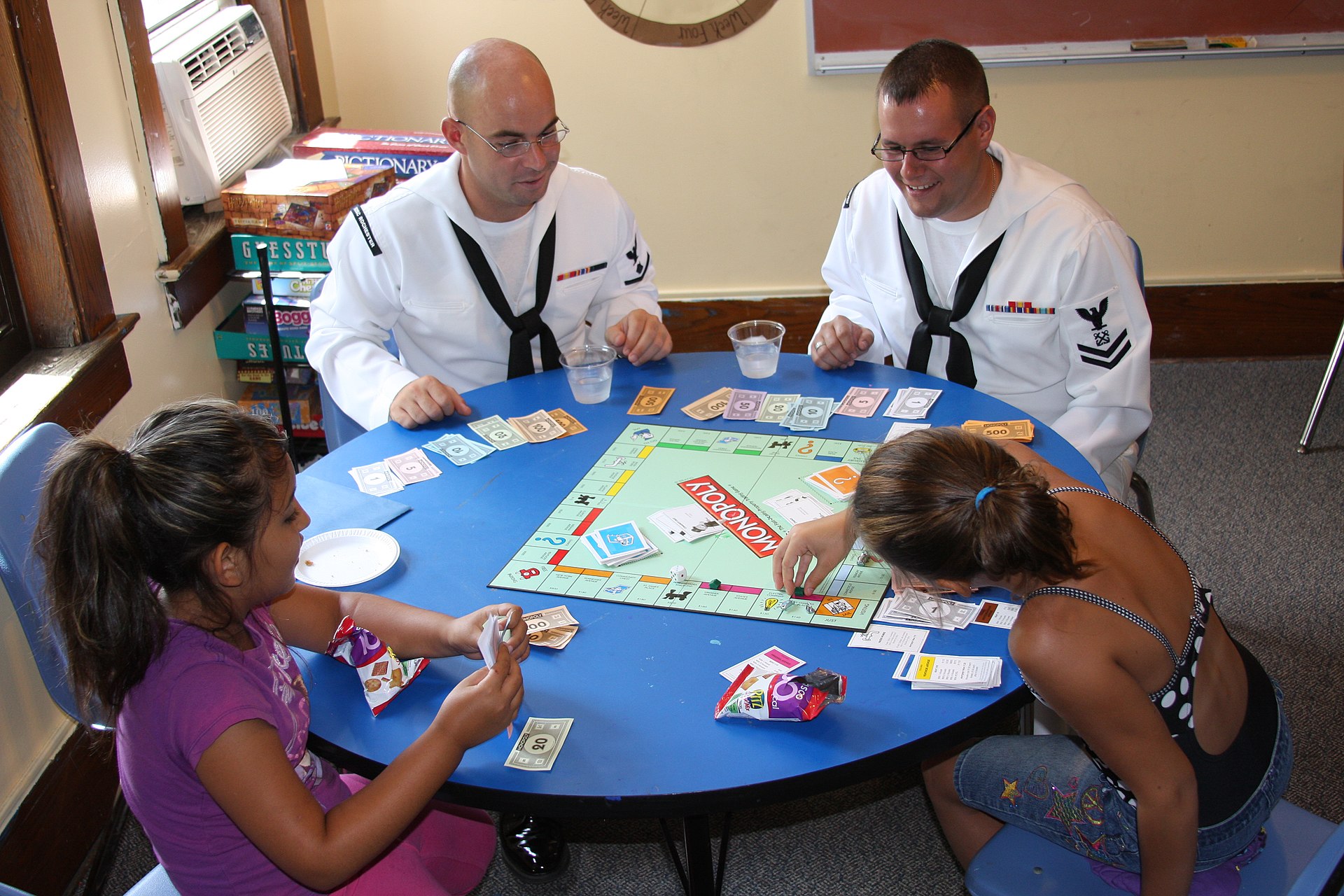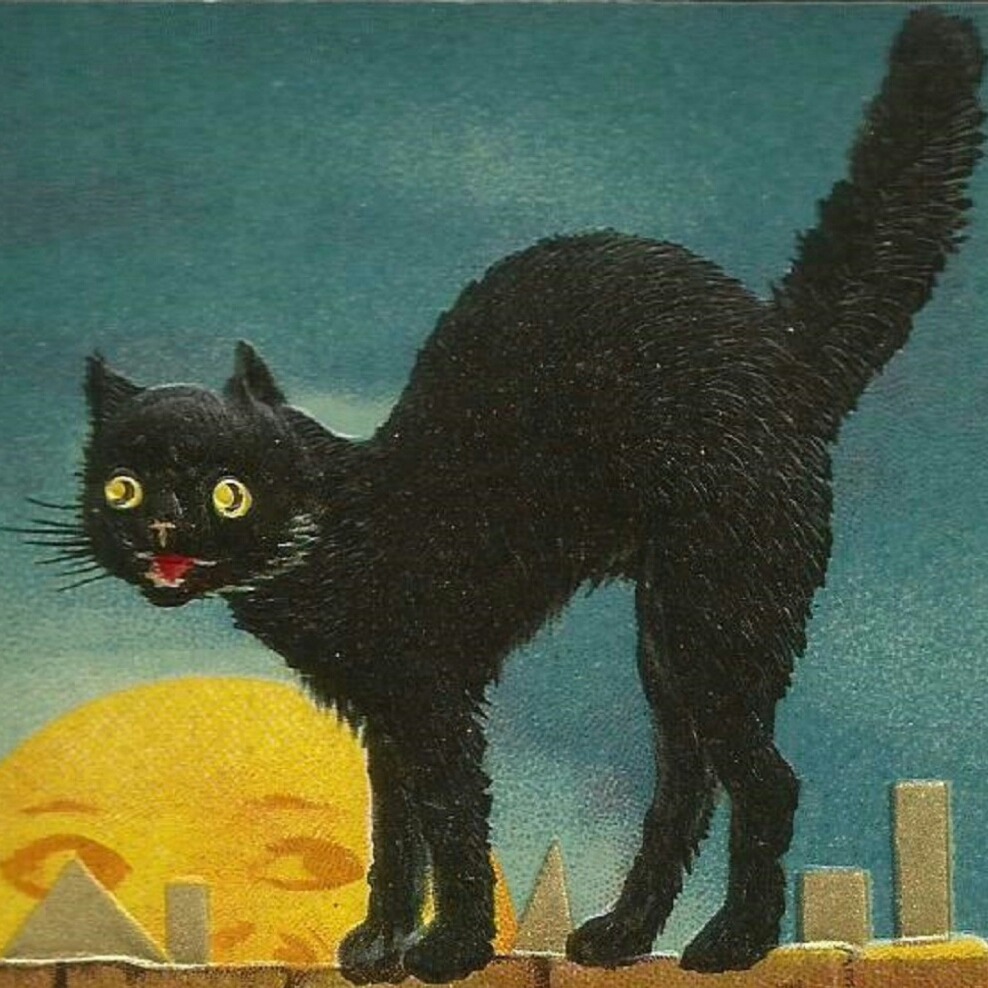Is there a particular board game that revives so many memories of your childhood or your family’s strong bond when you were young? Perhaps, you still keep some boards you had because of the happy memories along with them.
The 1990s were a golden age for board games, especially for friends and families, but many of them are now only a memory. Now, let us recall some of the most played board games during the 1990s.
Pretty Pretty Princess (1990)
Pretty Pretty Princess is a dress-up game with jewels that helps players feel like royalty. Throughout the 1990s, it was heavily marketed to young girls and did not require reading or complicated math skills. Players must collect the miniature jewelry pieces in each round to complete the set. This board game is perfect for families with children who are girls.
Elizabeth Pacza, a designer with the Chicago-based content developer Meyer/Glass Design, Ltd., created Pretty Pretty Princess in 1989. In 1989, Peggy Brown was responsible for internal development at Western Publishing Group, the original licensee. In 1990, the game was released. Hasbro bought the IP in 1994 as part of their acquisition of Western’s games division. Since then, Hasbro has marketed the game under its Milton Bradley brand.
Crocodile Dentist (1990)
The renowned Crocodile Dentist is the following character. This was a game in which participants took turns extracting teeth from a crocodile’s mouth; however, if you pulled the wrong tooth, the crocodile’s mouth would have snapped shut on your dental pliers (or fingers, if you like to live on the edge).
Even though Crocodile Dentist was one of the oddest board games of the 1990s, it was one of the most popular during the 1991 holiday season as it was mostly played by families, and got an award from the ‘Bizarre Toy Awards’ in 1992.
Monopoly Junior (1990)
The list of the top board games of the 1990s concludes with the children’s version of the game that everyone loves to loathe. At the beginning of the decade, Parker Brothers launched Monopoly Junior, a simplified version of the original, with aggressive marketing.
Monopoly Junior was designed for children between the ages of five and eight. Instead of street names (like in the original), the game offers child-friendly attractions such as a zoo, a video game arcade, and the iconic 1990s pizza parlor.
In 2013, Parker Brothers updated the game’s aesthetic, and today, Monopoly Junior capitalizes on every trend with Frozen, Peppa Pig, Cars, and Finding Nemo-themed versions.
Ask Zandar (1992)
This is one of those board games from the 1990s for which many children did not understand the rules but stayed captivated.
Zandar resembles a talking Magic 8 Ball. Players must predict whether Zandar will respond favorably or negatively to a given question. If the fortune-seeking players successfully predicted Zandar’s prognostication, they might choose a gem of their hue.
The question cards are the most peculiar aspect of this game (other than the talking wizard, of course). Some of the darker inquiries include, “Will aliens kidnap me and make me their queen?”, “Will I invent chocolate flavored liver?”, and “Do I have an evil twin?” In addition to other humorous inquiries such as “Will I get an A+ on my next test?” and “Will I get a new pet?”
Modern Art (1992)
Buy and sell priceless works of art to make money! In Modern Art, players are gallery owners and art enthusiasts attempting to make a profit by buying and selling valuable paintings. The artworks are the playing cards, which they must auction off one in each round. Auctions include open bidding, fixed-price sales, secret’sealed’ bids, and rounds when players have a single opportunity to submit their highest offer. The winner is the player with the most money after four rounds.
Modern Art was a smash when it was released in 1992, some critics felt the game’s artwork was anything but beautiful, with some even branding it “the most unsightly game ever made.” The game’s creators took note, and the following editions of the game featured actual paintings by contemporary artists.
Don’t Wake Daddy (1992)
Don’t Wake Daddy, another famous Parker Brothers game, required players to sneak across the board to steal a midnight snack and… not wake daddy.
Introduced on toy shops in 1992, it immediately became one of the most popular board games for Christmas, and although Hasbro has since acquired it, it is still available.
Magic: The Gathering (1993)
Magic: The Gathering, the first trading card game, was published in the early 1990s and maintains a significant cult following nearly 30 years later. MTG exposed children of the 1990s to the joy of opening a sealed pack of cards in the hopes of finding the greatest ones. MTG blends the allure of card collecting with the rigorous head-to-head competition. This fantasy-themed competitive card game has a variety of magical creatures and spells, in which players try to destroy their opponents by accumulating lands (mana) and playing legendary creatures, spells, and other things and abilities.
The mastermind behind Magic: The Gathering is renowned game designer Richard Garfield, who also created Netrunner, another classic 1990s card game. MTG still has millions of devoted fans worldwide who play online or in person regularly.
13 Dead End Drive (1993)
13 Dead End Drive was the first bluffing game many children played in the 1990s. The game revolves around the death of the wealthy matriarch of the family, Aunt Agatha, as players vie to inherit her inheritance.
To claim the wealthy old woman’s estate and win the game, you must escape other players’ booby traps while utilizing your own to eliminate your inheritance competitors.
Fraidy Cats (1994)
Who remembers Milton Bradley’s Fraidy Cats, a game featuring agile cats and voracious dogs? Roll the dice, propel your cat forward, avoid an erratically moving motorized bulldog, and then repeat. Although the game had just enough gimmick to succeed in the 1990s, it was ultimately too simplistic for longevity and does not quite live up to the memory.
Goosebumps: Terror in the Graveyard (1995)
In response to the success of the children’s horror fiction novels, Milton Bradley released Goosebumps: Terror in the Graveyard to give youngsters of the 1990s even more traditional horrors.
The board resembles a spooky graveyard with its hedges, moving graves, and crypt harboring a ghost without a head. To win, players must defeat the headless ghost. A dice throw determines the game, and players strive to thwart their opponents by drawing cards that allow them to transform into monsters, steal their cards, and move them into perilous places.
Jumanji (1995)
This famous fantasy game is based on the 1995 film Jumanji so that you can enjoy the enchantment of the 1990s in the comfort of your own home. Both the film and the board game are based on the 1981 picture book by Chris Van Allsburg. Milton Bradley published it shortly after the debut of the cult classic film.
The actual gameplay is rather easy, and there will be no surprise attacks by wild animals. A throw of the dice determines whether the jungle will overrun the players before the game’s conclusion. The winner is the first player to reach the center of the board before the Doomsday Grid is filled, but only after shouting “Jumanji!”
The Settlers of Catan (1995)
Developed in Germany by a former dental technician, Catan or ‘Settlers’ revolutionized board games. The game’s objective is to acquire resources, trade commodities, and construct communities and highways on a fictional island. Players can trade products, compete for territory, roll dice to amass resources, and construct a society from scratch. When it was debuted in the mid-1990s, Catan was unlike any other tabletop board game; since then, it has become a true classic.
Pokémon Trading Card Game (1996)
If the children of the 1990s shared anything, it was a passion for Pokémon. The franchise entered classrooms, dominated morning television, and served as the generation’s social currency. The TCG was conceived in 1996 by Media Factory (Japan) and initially released by Wizards of the Coast in the United States (1998). These collectible trading cards were adapted from the original Game Boy RPG and became a phenomenon.
Titanic: The Board Game (1998)
The game unrealistically depicts the tragedy of 1912 by having players race to a lifeboat as the ship sinks. Players must acquire random goods such as a life jacket, passport, and room key along the route. Failure to reach the lifeboat in time meant certain drowning. Despite the popularity of the Titanic film in the late 1990s, the Titanic video game was not a major seller for its publisher, Universal Games.
Cranium (1998)
Cranium is a quiz game that combines art with general knowledge, making it one of the best board games for anyone seeking some lighthearted entertainment. Cranium combines classic board games such as Trivial Pursuit, Pictionary, Rapidough, Scrabble-style puzzles, and Charades.
On your turn, you may have to guess anything, from the clay object your teammate is sculpting to the garbled word he or she is speaking or the tune your teammate is whistling. Its continued popularity has helped the developer win over 130 honors.

